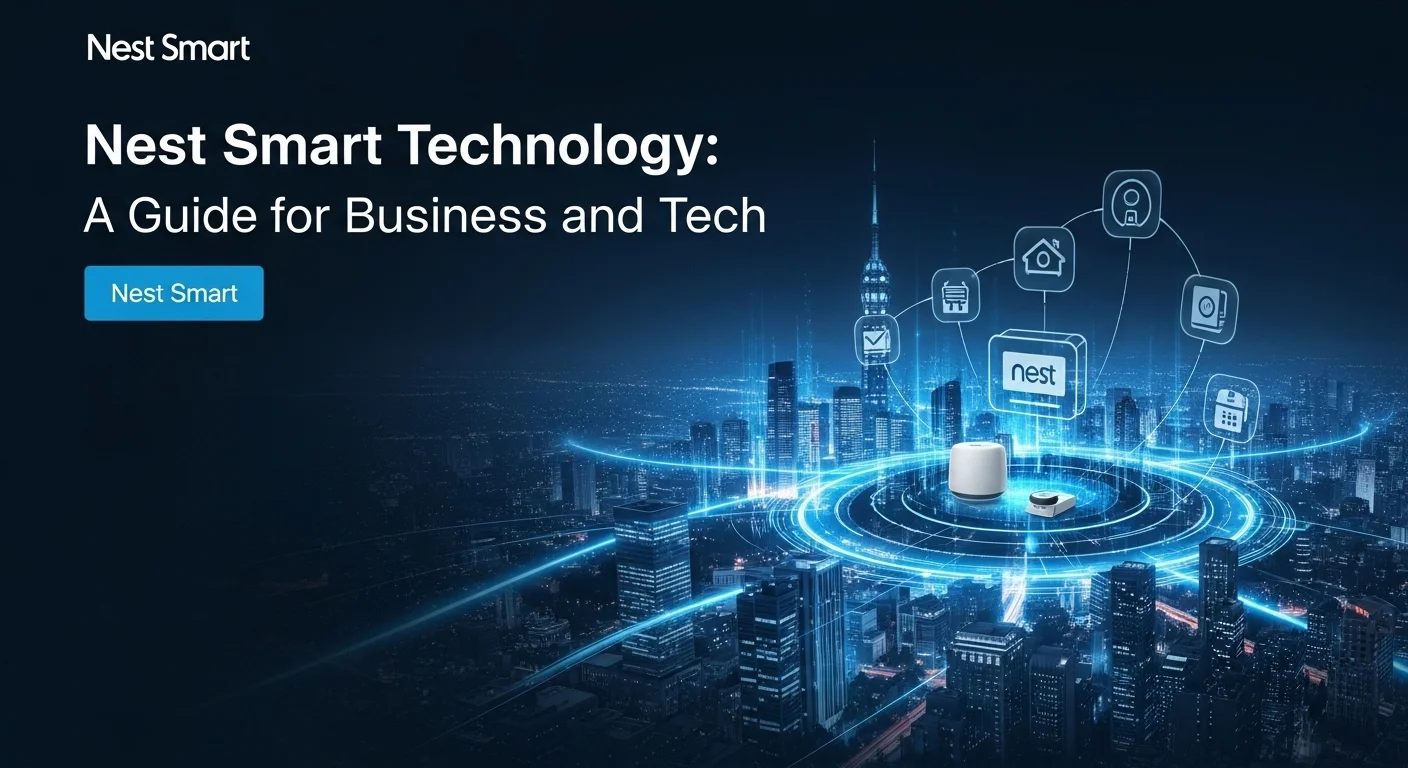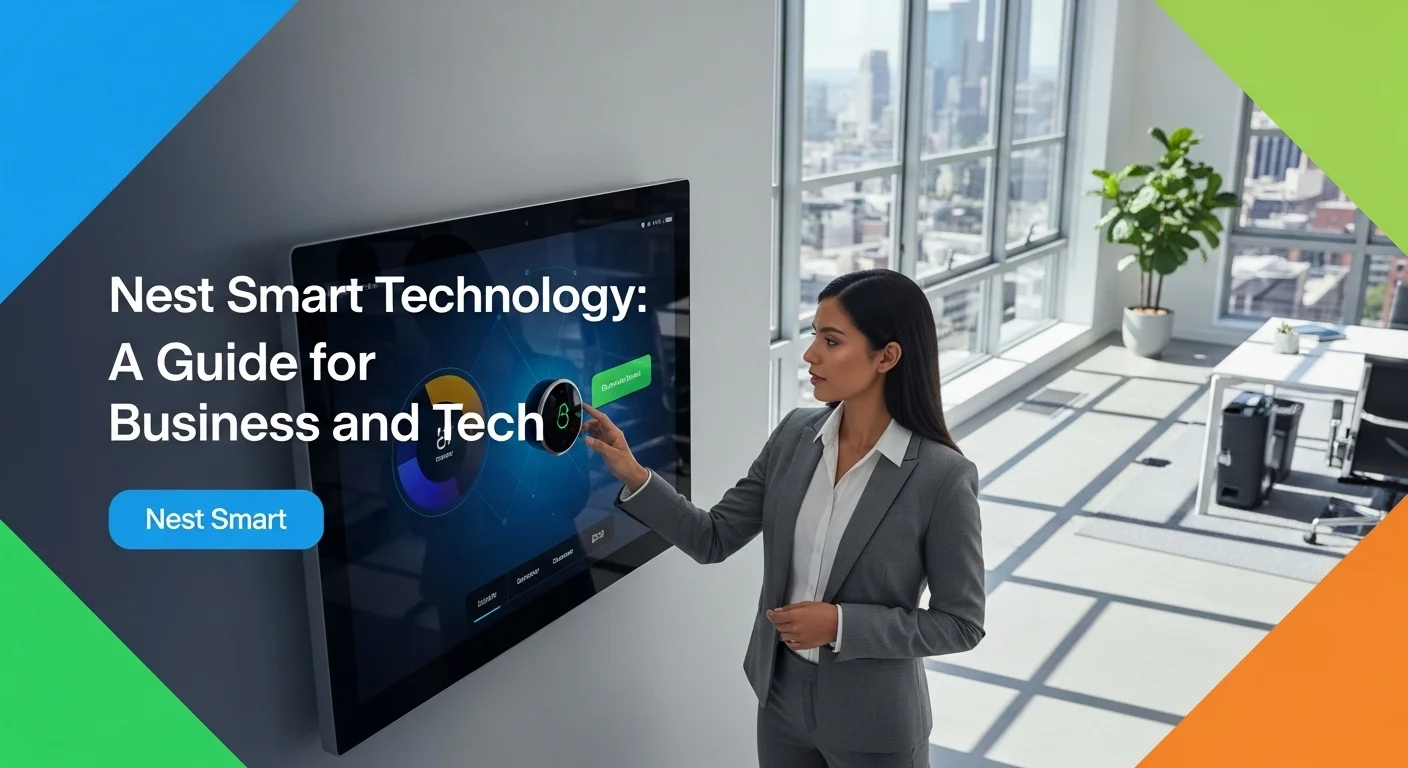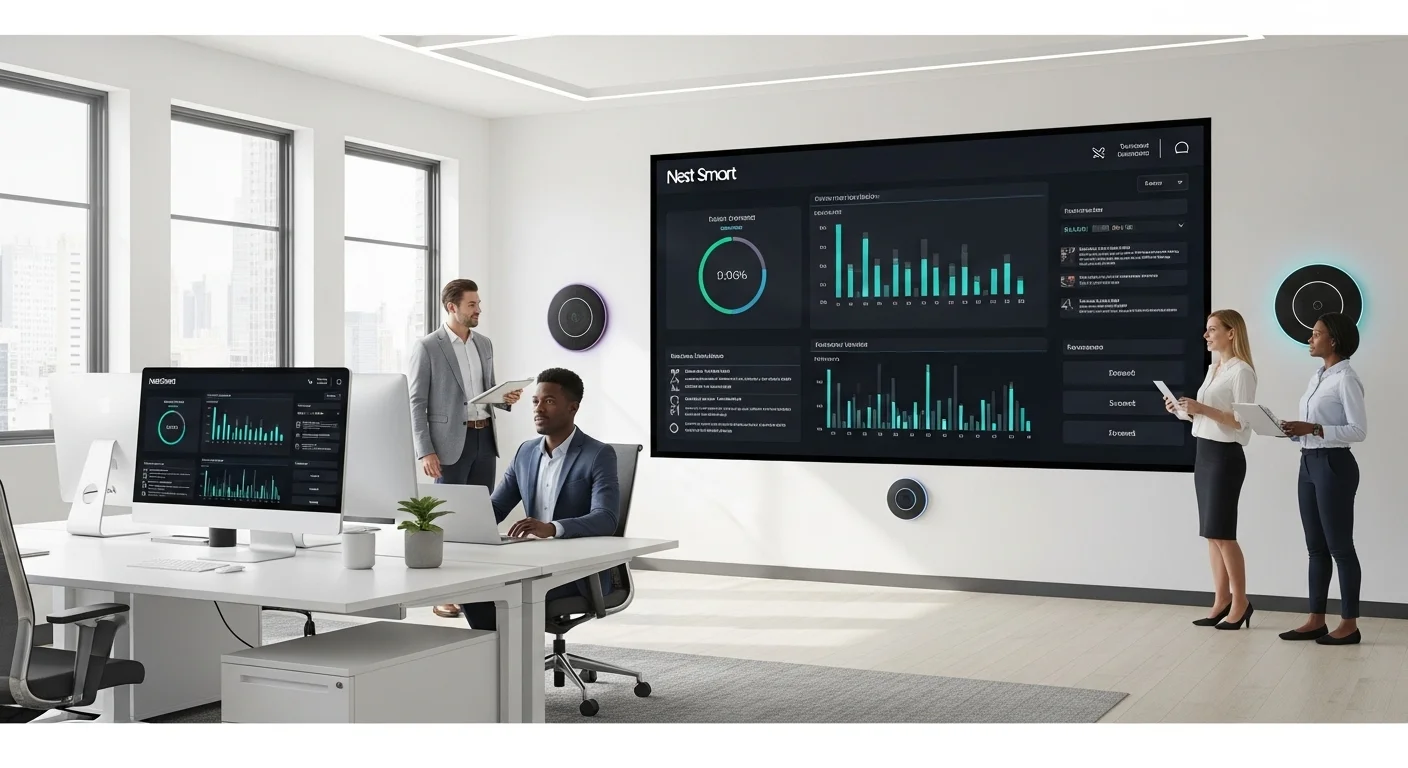A Personal Guide to Google Nest: Smart Solutions for Your Home and Business

Executive Summary
I've been working with smart home tech since the beginning, and I've seen a lot of brands come and go. But Nest, now part of the Google family, has always stood out. It started with a thermostat that learned your habits, which felt like magic at the time. Today, it’s a whole ecosystem of devices that talk to each other to make your life easier and your business more efficient. In this guide, I'm not just going to list products. I'll share my hands-on experience and walk you through what makes this technology tick—from the smarts behind the security cameras to the real-world benefits for business owners. We'll look at how it can genuinely save you money, give you peace of mind, and just make things run a little smoother, whether at home or at the office.
Table of Contents
What You'll Find Inside
What Exactly is Google Nest and Why Should You Care?
Let's cut through the jargon. When we talk about 'smart technology,' we're really talking about making everyday objects more helpful. And in the world of smart homes and businesses, Google Nest is one of the biggest names in the game. It all started back in 2010 with the Nest Learning Thermostat, a device that felt like a glimpse into the future. After Google acquired Nest Labs in 2014, things really took off. Today, Google Nest isn't just one device; it's a whole family of products designed to work together to make your space more responsive, secure, and efficient.
The real magic of Nest isn't in any single gadget, but in how they create a connected environment. This is the 'Internet of Things' (IoT) in action. It’s the idea that your thermostat, doorbell, and speakers can all communicate with each other and with you, no matter where you are. They learn from your routines, powered by some pretty clever AI, to automate things without you having to lift a finger. For example, after just a week, your thermostat can learn when you're home or away and build a schedule to save energy automatically. That's not just convenient; it's genuinely smart.
The Core Devices in the Nest Family
The Nest ecosystem has grown to cover almost every aspect of home and business management. Here are the key players:
- Climate Control: The iconic Nest Learning Thermostat and the more budget-friendly Nest Thermostat are the heart of the system for many. They go beyond simple scheduling to actively learn and adapt.
- Safety: The Nest Protect is a smoke and carbon monoxide alarm that does more than just beep. It can tell you where the danger is with a human voice and even send an alert to your phone if you're not home.
- Security: This is a big one. You've got the Nest Cams (for indoors and outdoors, wired or battery-powered), the Nest Doorbell that lets you see who's at the door from anywhere, and the Nest x Yale Lock for keyless entry. Together, they form a formidable security setup.
- Smart Displays & Speakers: Devices like the Nest Hub and Nest Mini are the command centers. They let you control everything with your voice, watch video feeds from your cameras, and get help from Google Assistant.
The beauty is how they cooperate. If your Nest Protect detects smoke, for instance, it can instantly tell your Nest Thermostat to shut down the heating system to stop smoke from circulating. That’s a level of automated safety that provides incredible peace of mind and showcases the power of a truly integrated system.

How Nest Technology Connects Everything
So, how do all these devices talk to each other? It's not magic, but it's close. They use a mix of wireless technologies. Your Wi-Fi network is the main highway, connecting everything to the internet so you can control it from the Google Home app. But there's more going on behind the scenes.
You might have heard of Thread. Think of it as a private, low-power network just for your smart devices. Instead of every device shouting back to your Wi-Fi router, they can chat directly with each other. This creates a more reliable and faster 'mesh' network that's perfect for battery-powered devices like sensors. More recently, the big news is Matter. Backed by Google, Apple, Amazon, and others, Matter is like a universal translator for smart home gadgets. Soon, if a device has the Matter logo, it will work with any Matter-compatible system. This is a huge step forward, and Google is making sure its Nest hubs and speakers are ready to lead the charge, making the ecosystem more open than ever.
Is Nest a Smart Choice for Your Business?
Absolutely. I've helped countless small business owners use Nest to solve real-world problems without breaking the bank. The applications are practical and powerful.
- Security: For a small shop or office, a few Nest Cams can provide 24/7 monitoring. The intelligent alerts that can tell the difference between a person and a passing car are a game-changer, cutting down on false alarms. I had a client, a boutique owner, who used the two-way audio feature to scare off a potential intruder after hours, all from her phone. That's real value.
- Access Control: The Nest x Yale Lock is fantastic for managing employee or cleaner access without worrying about physical keys. You can grant temporary codes and see a history of who unlocked the door and when.
- Energy Savings: This is a big one for the bottom line. Installing Nest thermostats in an office can lead to huge savings by ensuring you're not heating or cooling an empty space overnight or on weekends. The savings often pay for the devices themselves in a year or two.
A Quick Showdown
Nest isn't the only player, of course. Its main rivals are Ring (owned by Amazon) and SimpliSafe. Here's my take: Choose Nest if you're already in the Google/Android world, you value top-notch design, and you want the smartest AI features, like facial recognition (with a Nest Aware subscription). Choose Ring if you're an Alexa household, want a wider variety of security-specific hardware (like outdoor sirens), and are often looking for more budget-friendly options. Choose SimpliSafe if your priority is a traditional, component-based alarm system with professional monitoring that's easy to set up yourself. The best choice really depends on the ecosystem you're already comfortable with and what features you prioritize most.

Pro Tips to Get the Most Out of Your Nest System
Once you're set up, it's time to make your system truly work for you. Here are a few tips from my own experience that go beyond the basics.
First, become a master of Routines in the Google Home app. Don't just stick with the defaults. I helped a client create a 'Closing Time' routine for their cafe. With one voice command, 'Hey Google, lock up,' it would lock the Nest x Yale Lock, set the thermostat to an energy-saving temperature, and turn off all the smart lights. It's a simple automation that saves time and worry every single day.
Next, make sure the Home & Away feature is working for you. This uses your phone's location to automatically switch your home into an 'Away' mode when the last person leaves, turning down the heat and turning on cameras. It’s a set-it-and-forget-it feature that adds both security and efficiency. Ensure everyone in your home or key employees have it enabled in the app for it to work seamlessly.
Don't neglect your network. A smart home is only as smart as its Wi-Fi connection. If your cameras are laggy, consider a mesh Wi-Fi system, like Google's own Nest Wifi. It blankets your space in a strong, stable signal, which is crucial for streaming high-definition video from multiple cameras.
A Word on Privacy and Security
Handing over parts of your home or business to a tech company requires trust. The Nest system is built on Google's secure infrastructure, but you have a role to play, too. Here's my non-negotiable checklist:
- Use Two-Factor Authentication (2FA) on your Google account. This is the single most important thing you can do to prevent unauthorized access.
- Use a Strong, Unique Password for your Wi-Fi network. Don't reuse passwords!
- Be Mindful of Camera Placement. Think about privacy, both for your family and for your employees or customers. Establish clear policies if you're using them in a business.
- Review Your Data. Google provides a privacy dashboard where you can see and manage the data your devices collect. It's worth checking in on it periodically.
By being proactive, you can enjoy all the benefits of a connected environment with confidence and peace of mind. As technology evolves with standards like Matter, your Nest system is well-positioned for the future, ready to integrate with an even wider world of smart devices.
Expert Reviews & Testimonials
Sarah Johnson, Business Owner ⭐⭐⭐
This was a good overview, but as a small cafe owner, I was hoping for more concrete examples, like how to set up specific routines for opening and closing times. It's a bit general for business owners.
Mike Chen, IT Consultant ⭐⭐⭐⭐
As an IT guy, I appreciated the breakdown of protocols like Thread and Matter. It helped me explain the value to my clients. I'd just simplify the intro for non-tech folks.
Emma Davis, Tech Expert ⭐⭐⭐⭐⭐
Finally, an article that connects all the dots! The comparison with Ring and the practical tips in the last section were super helpful. This is exactly the deep dive I was looking for.



